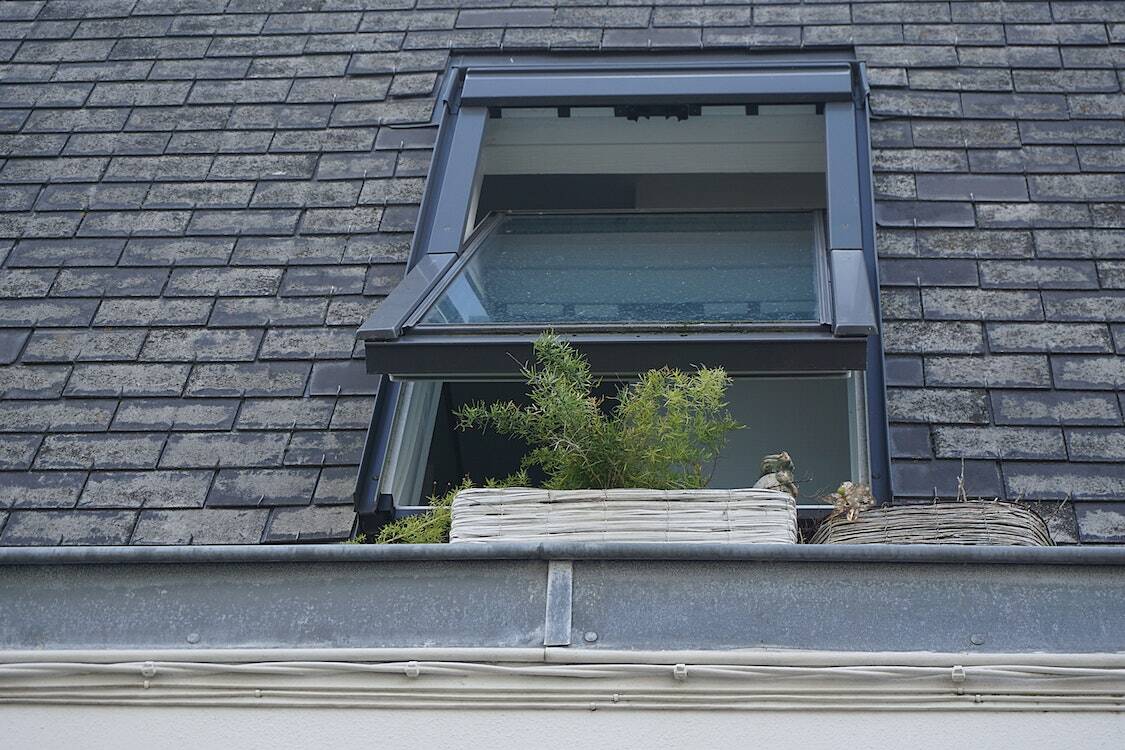The roof installation process is often one of the most stressful renovations for homeowners. However, you can minimize the disruption by taking the right steps before your roofers arrive at your home.
First, be sure to check that your kids and pets are kept away from the work area. They can get hurt from falling debris and tools.
1. Removal of the Old Roof
During the installation of your new roof you’ll need to give some thought to how the old one will be removed. This can be a daunting task for even the most experienced DIYer. A professional will have the right equipment to get the job done in no time.
Removing the old roof is a great way to see what your home needs to function at its best. This also gives your roofing pro a chance to find any snags in the underlayment that might be causing problems down the road.
The removal of your old roof is a great way to start off a new roofing job on the right foot. It’s also a good opportunity to check out any existing gutter systems or metal flashings that might need replacing.
This is the time to remove any heavy wall decorations and hangings that might interfere with the smooth running operation of your new roof. You may also want to consider moving or covering anything with glass that is in your home near the roofer’s work area. Taking care of this will make your roofer’s job easier and will keep your belongings safe. It’s a big job that requires big tools, so make sure to have an extra set of hands on hand.
2. Installation of the New Roof
There are a lot of things to expect during the installation of your new roof. Not only will you have to prepare the interior of your home, but you’ll also have to protect your landscaping and other property from damage.
If you have children or pets at home, it’s a good idea to keep them away from the work area while the crew is working on your roof. This will help prevent accidents and ensure the safety of everyone involved.
Once you’ve made sure that your family and pets are safe, the roofing crew can start installing your new roof. They’ll begin by taking out the old shingles, valley flashing, and drip edge.
This is a quick step that only takes about an hour to complete, and it will help your new roof stand up to rain, snow, and ice. The crew will also install flashing around your chimney and exhaust vents to prevent water from entering these areas.
When you’re ready, the crew will remove the old shingles and deposit them in a roll-off dumpster. They will also clean up any debris that has fallen onto the ground, as well as use a magnet to pick up rogue nails.
The final part of this process is to put the new shingles on your roof. You can expect this to take about an hour to complete, depending on the size of your home.
A roof is an essential component of your home, and it’s important that you know what to expect during the installation process so that everything goes as smoothly as possible. With these 5 things in mind, you’ll be able to enjoy your new roof while staying safe and comfortable inside your home.
3. Final Inspection
After the removal and installation process are completed, it’s time to check everything is in place and working properly. A roof is a major structural element of any home, and if it’s not in good condition, you can’t be sure that everything else in the house will be safe from damage.
During the final inspection, your inspector will check to make sure everything was done according to plan and with the proper materials. He or she will also inspect for general workmanship problems, such as ripped roofing felt or shingles that are loose and unsecure.
Another critical part of the final inspection is to make sure that the roof materials used were the correct grade for your roof and that they were installed correctly. For example, shingles should be made of wood that is strong enough to support the weight of your roof. They should also be firmly nailed to the roof decking and the ridge cap should be properly shaped and flashed.
If your roofer wasn’t careful, they could have accidentally used the wrong material or didn’t install it correctly. This is why it’s important to have a thorough inspection from a professional. Escondido roofers are thorough when it comes to their work but it’s still wise to conduct an inspection afterwards for good measure.
In addition to checking the materials, your inspector will also check for general workmanship issues that can increase your risk of future leaks or other roof problems. For example, if your roofer didn’t correctly flash the edges of the shingles around vent pipes or skylights, you could have a serious problem down the road. It’s also crucial to examine the shingles themselves, looking for missing or curled shingle aggregate, moss or rust, and other signs that you might need to have them replaced soon.
4. Final Cleanup

The final cleanup is probably the most mundane aspect of a roofing job, but a well executed one can make or break a new roof. Using a roll off dumpster onsite can be a major time saver and a hassle free way to dispose of a significant amount of garbage from the job at hand.
A tarp is also an effective means of containment. It’s the best way to catch all those stray sticks, branches and twigs. You can even go the extra step and place a tarp in your gutters to capture any debris that lands there too.
Getting rid of the topsoil and trimming trees and shrubs can be a time consuming chore, but it’s definitely the right thing to do in order to make your property look its best. A little pre-planning and a few hours of hard work can get the job done quickly and without too much of a hefty price tag.
The best way to get the most out of your roof replacement is to choose a quality company with a stellar track record. This will help you to enjoy the entire process from start to finish. The best way to find a top quality, local company is to do your homework and read up on any available online reviews before you sign on the dotted line.
5. Final Payment
Before a contractor completes the job, they typically request some form of payment. Often this is in the form of a deposit or partial payment. This is because roofers know that there are many intricacies involved with a large roof installation, and they want to ensure that you’re happy with their work before they charge you for it.
However, a contractor should never ask you for full payment before the job is completed. They understand that things like hidden leaks, malfunctioning ceiling fans and more may arise during the process, which could increase the final cost of the roof installation.
Some contractors are happy to work with you on a schedule that allows you to pay them in stages. This is an excellent way to protect your interests and get the job done in a timely manner.
If you do choose to pay in installments, the roofer should provide a detailed written agreement that specifies when payments are due. The contract should also note the type of materials to be used and their application techniques.
Lastly, if the work is covered by insurance, you should make sure that it’s properly documented and inspected. Having proper insurance coverage is essential in ensuring that you don’t have to go through the hassle of a legal battle with a contractor who’s charged you too much for the job.
The final payment should be made through a check or credit card, not cash. This helps to create a record of the money you’ve paid and makes it easier to track should there be a dispute. In some cases, you can even take advantage of the credit card company’s consumer forum and dispute resolution system to resolve any problems in a mutually beneficial manner.

